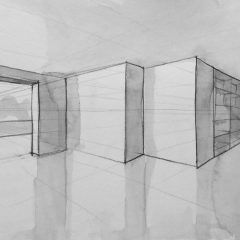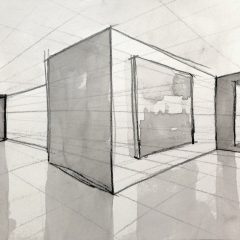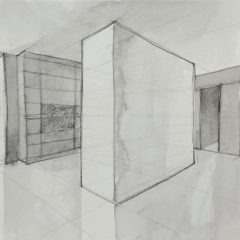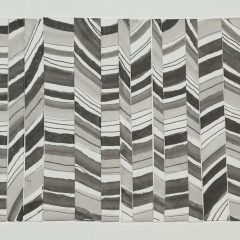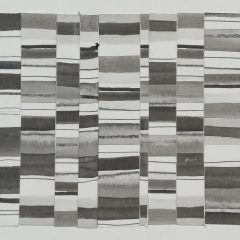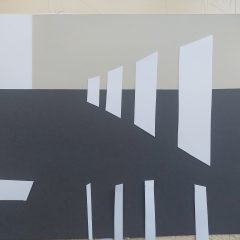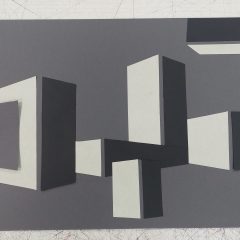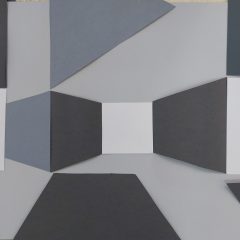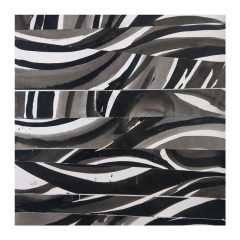General
The Workshop of the course “Visual Arts I / Visual Language” contains a sequence of exercises on the imprinting of composition of objects located in special pedestals in space in still life. Both drawing and color exhibit a parallel evolution in relation to proportional depiction and exploration of materials. It focuses on the synthesis of shapes on the basis of tension, size, complexity and rhythm so that a new piece of art is generated and displays an aesthetic interest.
Course content
The workshop on the one hand deals with the comprehension of the importance of drawing in the act of depiction and on the other hand with the freedom to express personal ideas.
A sequence of exercises is provided in order to gradually explore the well-made drawing through different versions and circumstances. This course seeks to achieve the understanding of the structure of synthesis.4
Quest of the Modern Art in public places of the city. The Art of everyday life. Analysis of the work of artists that decorate special places of the city, the open-air places with sculptures, the walls with graffiti etc. Search of modern aspects of art through the lexicon of visual arts from the second half of the 20th century. References on selected international artists who have influenced arts.
Programme aims
Perception of color classification: clear and grey colors
Familiarization with the categorization of color
Identification of the spectrum of materials mixture
Being aware of the principles of drawing, the students transfer the three-dimensional object to their cardboard by using color
Application of the qualitative approach of synthesis through color
Comprehension of the special characteristics of material
Objective interpretation of composition
Comprehension of the transfer of three-dimensional space to two-dimensional
Familiarization with notions, forms-shapes, volume-plasticity
Interpreting the composition on the basis of space levels and perspective
Familiarization with qualitative-color line
Introduction to understanding drawing in terms of sketch
Inquiry of imprinting using the fewest means
Learning Outcomes: Knowledge and Understanding
Articulation of critical thinking on the substantial and non-substantial parts of synthesis
Enhancement of the student’s composition ability
Analysis of the chromatic potential and the special features of every drawing
Familiarization with the materiality and the ability to recognize the material and render it recognizable in drawing
Exploration of the color potentials through different versions
Viewing synthesis as a whole (background and theme)
Introduction to the notion of simplification by selecting the important surfaces
The expression of composition through clear distinction between light and dark
Introduction to basic rules of synthesis
Bibliography
– Julian Bell, Mirror of the World; A New History of Art, Thames & Hudson 2007
– Tania Kovats, The Drawing Book
– Black Dog Publishing 2007
– Drawing Now 2015 , Hirmer Albertina
– Colour, David Hornung, A workshop for artists and designers
– H. Read: A Consise History of Modern Painting 1985
– Uber das Geistige in der Kunst
– Itten, Johannes 1987. Design and Form. Thames and Hudson, London
– Kepes, Gyorgy 1995. Language of Vision. Dover Publications
– Kepes, Gyorgy 1966. Module, Proportion, Symmetry, Rhythm, George Braziller
– Leborg, Christian 2006. Visual Grammar. Princeton Architectural Press.
– Lidwell, William 2015. Universal Principles of Design. Rockport Publishers Inc
– Munari, Bruno 2016. Bruno Munari: Square, Circle, Triangle. Princeton Architectural Press
– Pentak, Stephen & Lauer, David A. 2015. Design Basics. Wadsworth Publishing


